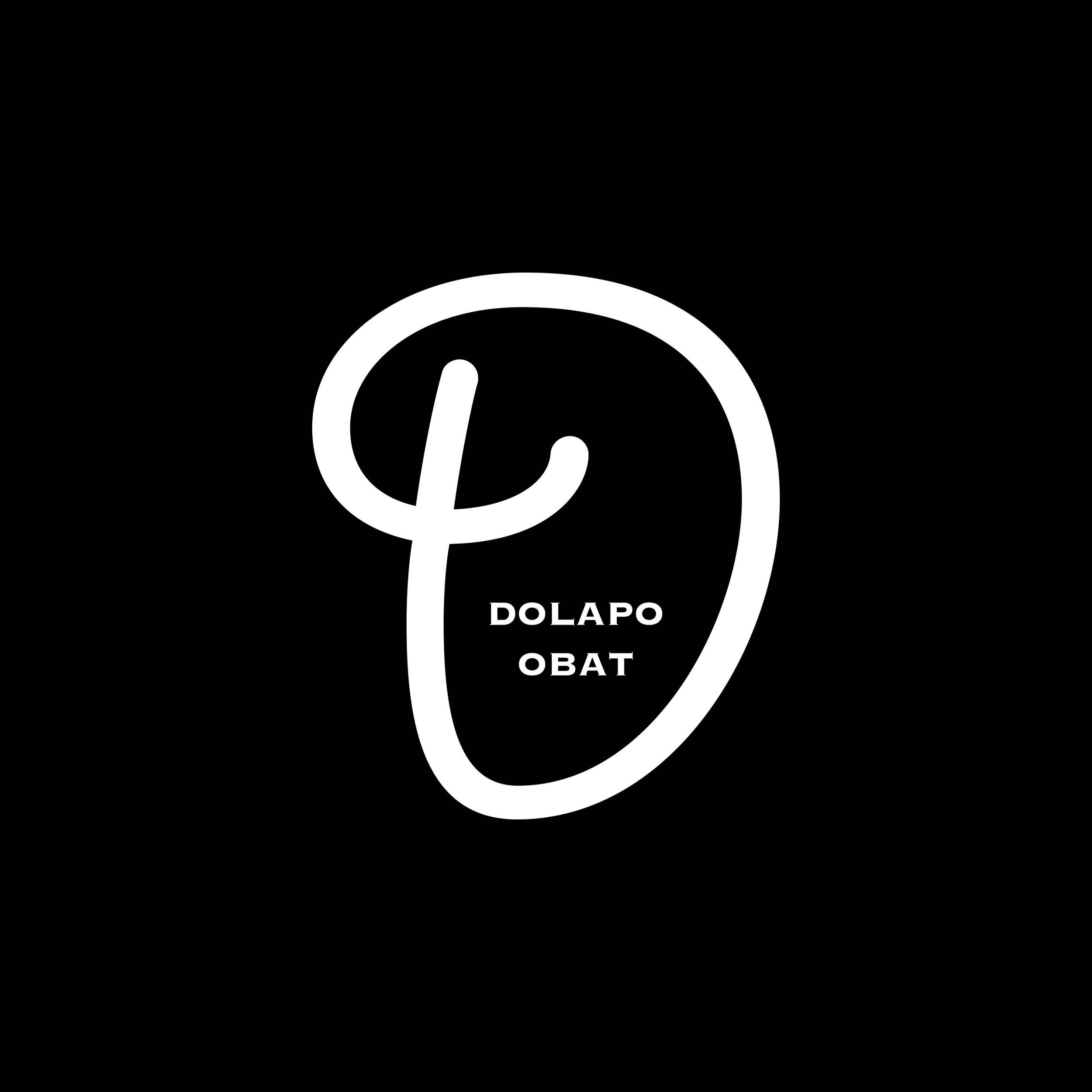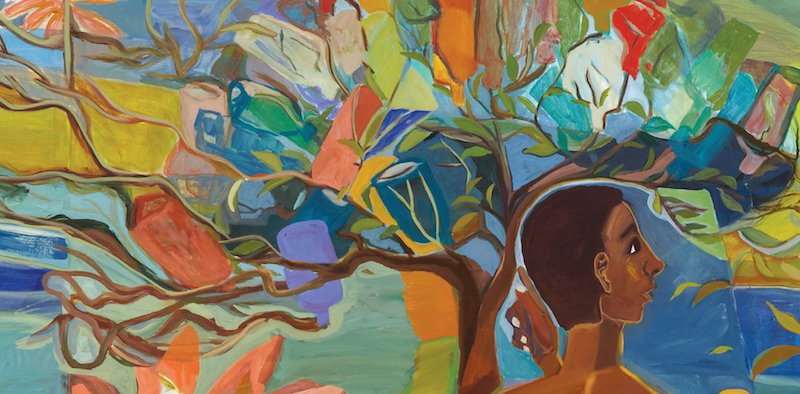The Transformative Influence of Afro-Poetry and Spoken Word on West African Art
In the heart of West Africa, a region teeming with vibrant cultures, rich histories, and diverse languages, a powerful artistic movement has been unfolding. Afro-poetry and spoken word, with their roots deeply embedded in the oral traditions of the continent, have emerged as dynamic forms of expression that not only captivate audiences but also shape the landscape of West African art. This article explores the fascinating interplay between Afro-poetry, spoken word, and visual art, highlighting how these forms of creative expression have intertwined to produce a rich tapestry of culture, identity, and social change.
A Soulful Symphony of Words
Afro-poetry, often referred to as the "heartbeat of the people," is an art form that embodies the soul of West Africa. Its origins can be traced back to the griots and praise singers, the traditional storytellers and poets who held the responsibility of preserving and passing down oral history. Through rhythmic narratives, vivid imagery, and melodic cadences, these poets painted intricate portraits of the past, celebrated heroes, and conveyed lessons that shaped societal values.
In modern West Africa, Afro-poetry has evolved while retaining its essence. Contemporary poets draw inspiration from traditional forms, infusing them with contemporary issues, emotions, and experiences. This evolution is marked by its fusion with spoken word, a form of performance poetry that emphasizes the oral delivery of verses, often accompanied by theatrical gestures and vocal dynamics. The synergy between these two artistic expressions has catalyzed a renaissance of creativity across the region.
A Catalyst for Change
Spoken word, with its emphasis on live performance and audience engagement, has sparked a cultural revolution in West Africa. Artists, often referred to as "wordsmiths," use their words as catalysts for change, addressing issues such as gender equality, political corruption, and social justice. The performative nature of spoken word lends urgency to these topics, allowing artists to instigate conversations that challenge the status quo.
The influence of spoken word on West African art is evident in the way visual artists collaborate with poets to create multidisciplinary experiences. Poetry readings are often accompanied by visual exhibitions, merging the auditory power of words with the visual impact of imagery. These collaborations offer audiences a more immersive encounter with the themes explored, fostering a deeper connection to the issues at hand.
From Words to Canvases
The connection between Afro-poetry, spoken word, and visual art is a harmonious dance of creativity. Visual artists are increasingly drawing inspiration from poetic verses and spoken word performances to create captivating artworks that capture the essence of West African culture. Through the intricate strokes of a paintbrush or the meticulous shaping of sculptures, these artists translate the emotions and stories embedded in poetry into tangible forms.
One notable example is the collaboration between Nigerian poet Inua Ellams and visual artist Nike Davies-Okundaye. Their joint project, "The Colour of Separation," merges Ellams' poignant poetry with Davies-Okundaye's expressive textiles and paintings. The result is a mesmerizing fusion of artistic mediums that highlights the emotional impact of migration and displacement.
Moreover, public spaces in West African cities are being transformed into open-air galleries that celebrate the fusion of these art forms. Murals and street art often incorporate poetic verses alongside visual elements, creating an urban narrative that resonates with the local community. This blurring of boundaries between art forms speaks to the interconnectedness of creativity and the power of collaboration.
Preserving Cultural Heritage and Identity
Afro-poetry and spoken word not only shape the present but also serve as vessels of cultural preservation. In a rapidly changing world, these art forms anchor West African communities to their roots, fostering a sense of identity and continuity. Traditional themes are revisited through contemporary lenses, ensuring that the wisdom of ancestors remains relevant to new generations.
For instance, the Ghanaian "Ananse" tales, initially passed down through oral tradition, have found new life in the works of poets and spoken word artists. These stories centered around the folkloric spider Ananse, are interwoven with cunning, wit, and morality themes. By reimagining these tales in poetic form, artists breathe new vitality into ancient narratives, making them accessible to diverse audiences.
Social Change Through Artistic Expression
Beyond preserving culture, Afro-poetry and spoken word have been potent tools for advocating social change. West African artists leverage their influence to address pressing issues, from gender inequality to environmental sustainability. These art forms possess the ability to humanize complex problems, fostering empathy and galvanizing action.
Take, for instance, the work of Nigerian spoken word artist Titilope Sonuga. Her poem "This Is How We Disappear" addresses the harrowing issue of child trafficking. Through visceral imagery and powerful metaphors, Sonuga sheds light on a profoundly troubling reality, prompting listeners to confront the uncomfortable truth and advocate for change.
Amplifying Voices, Expanding Horizons
The digital age has ushered in new opportunities for Afro-poetry and spoken word artists to reach global audiences. Social media platforms, YouTube channels, and online poetry festivals enable West African artists to transcend geographical boundaries and share their stories with the world. This digital presence not only broadens their reach but also fosters cross-cultural exchange and collaboration.
As these art forms continue to evolve, the online sphere provides a space for artists to experiment with multimedia presentations. Virtual exhibitions, live-streamed performances, and interactive websites allow audiences to engage with the art in innovative ways. This intersection of technology and tradition ensures that Afro-poetry and spoken word remain relevant and resonant in a rapidly changing world.
A Tapestry of Expression
The intertwining of Afro-poetry, spoken word, and West African visual art creates a vibrant tapestry of expression that reflects the region's cultural richness, historical depth, and contemporary vitality. These art forms serve as vessels for preserving tradition, sparking dialogue, and instigating change. Through collaborations, multimedia presentations, and digital platforms, artists continue to push the boundaries of creativity, bridging the gap between the spoken word and the visual realm.
As audiences around the world are captivated by the rhythmic verses, compelling performances, and evocative artworks, the influence of Afro-poetry and spoken word on West African art resounds far beyond the shores of the continent. This transformative interplay invites us to listen, observe, and engage with the stories that shape our world, ultimately reminding us of the universal power of artistic expression to illuminate, educate, and inspire.

